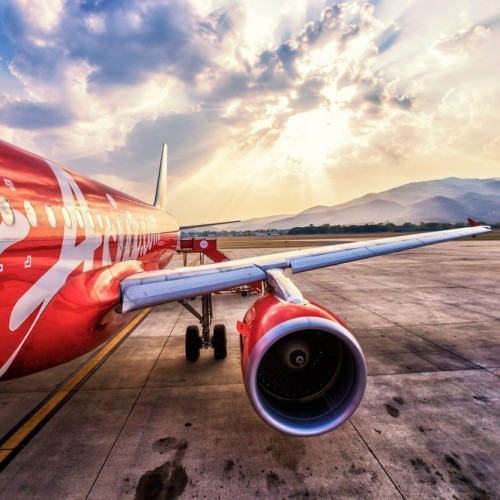India airline move to support Doha’s aviation hub plan
After a long turbulent patch, India’s aviation industry is finally taking off. The country is projected to be the world’s third-largest aviation market by 2020 and the largest by 2030. The increase in local air passenger traffic – estimated to reach half a billion in a decade – has outpaced all other markets for 22 straight months. The growth has been helped by demand from middle-class travellers in smaller cities, and encouraged by Prime Minister Narendra Modi’s vow to fund airlines’ losses if they fly to remote areas.
Last year, India became one of the few countries in the world to allow a 100% foreign-owned airline to operate on local routes. Foreigners now can own all of an Indian airline, but an overseas carrier can only control 49%. Qatar Airways, in collaboration with the Qatar Investment Authority, will apply “soon” to authorities in India to start a short-haul airline there with a fleet of 100 narrow-body planes, chief executive officer Akbar al-Baker said at the recent ITB Berlin travel fair.
The economic engine of the Gulf region practically runs on an estimated 8.5mn strong Indian workforce (two-thirds of Indian citizens living abroad are in Gulf states), with the bulk of these coming from Kerala. In providing options for air connectivity for the Indian diaspora, especially for those from the southern regions, the Gulf carriers offer a deeper understanding of the market – and broader destination choices – than their East Asian rivals such as Cathay Pacific and Singapore Airlines, according to a Bloomberg column.
The plan to start an Indian carrier, potentially focusing on the south, could make ample sense for Doha’s long-term strategy to become the preferred regional hub connecting South Asia. Once the new carrier deploys 20 aircraft on domestic routes, it’ll get the Indian government’s permission to fly international routes. There will be air pockets, though.
Despite India’s world-beating aviation growth, as many as 17 Indian carriers have shut down in the past two decades, while accumulated losses of operating airlines total Rs600bn, according to a 2016 research paper. The state-run Air India is crumbling under a $7bn debt load. Provincial taxes of as much as 30% make jet fuel in India the costliest in Asia, even as cut-throat competition forces airlines to sell tickets below cost.
Limited ability to hike fares, rising crude oil prices and aggressive borrowing plans to buy planes may eat into the profitability of Indian carriers, says a report by aviation researcher CAPA India. But it estimates traffic growth to accelerate to nearly 23% in 2017 financial year, with India likely to take over Japan to become the world’s largest domestic market behind the US and China. India’s aviation market, the world’s fastest growing according to the International Air Transport Association, is highly crowded, leading to undercutting price wars. But it’s at the same time booming with great growth potential. Longer term, prudent pricing discipline supported by lower cost structure, will be key to flying high in the Indian skies.
News Source: www.gulf-times.com
You might also like
AirAsia India announces ‘Mid-Summer Sale’
AirAsia India’s ‘Mid-Summer Sale’ offer is applicable on destinations including Delhi, Kolkata, Chennai, Bengaluru, Hyderabad and Ranchi. AirAsia India has announced flight tickets starting under Rs. 1,500 on select routes.
VFS Global and TAAI organise Visa Insights Workshop in Hyderabad
In a significant step towards enhancing the visa application experience for Indian travellers, VFS Global, the world’s leading technology services specialist in secure mobility solutions, and the Travel Agents Association
SriLankan Catering wins yet another Presidential Export Award
SriLankan Catering Limited (SLC) covered itself in more glory when it was named the winner of yet another Presidential Export Award, the third such award in recent years, as recognition







